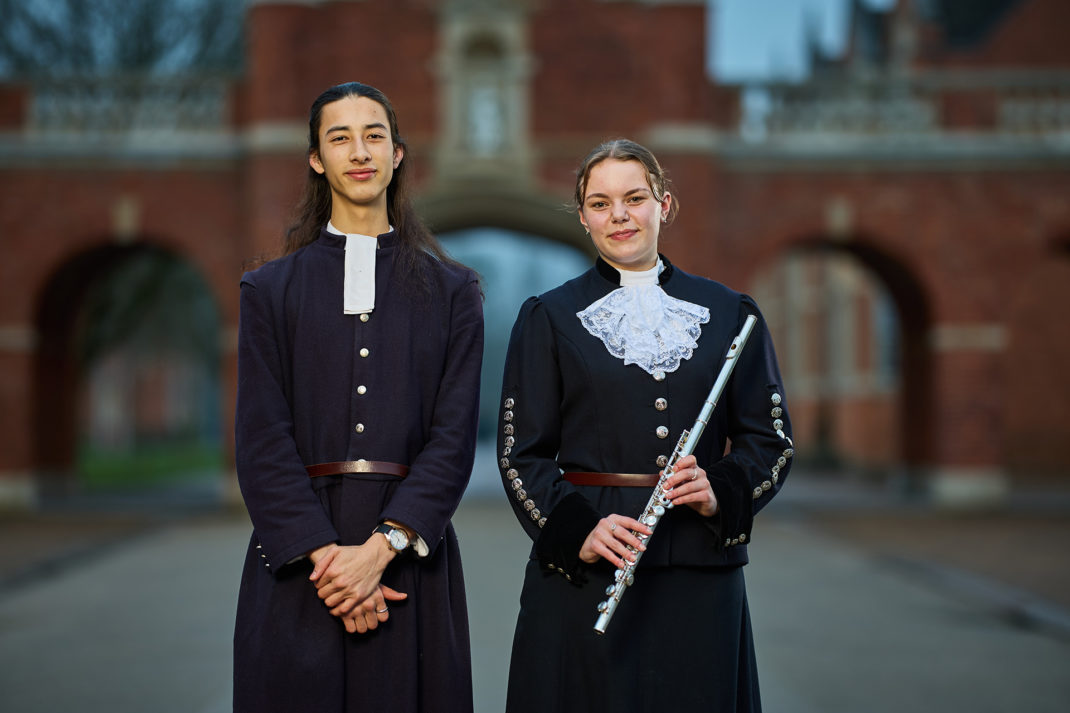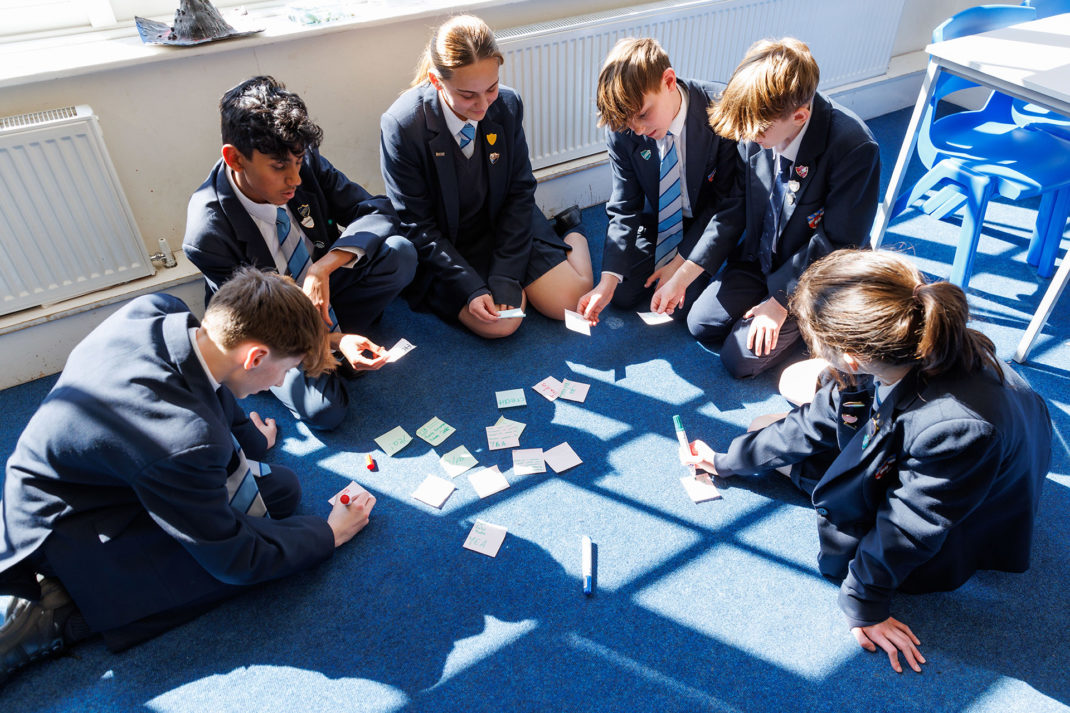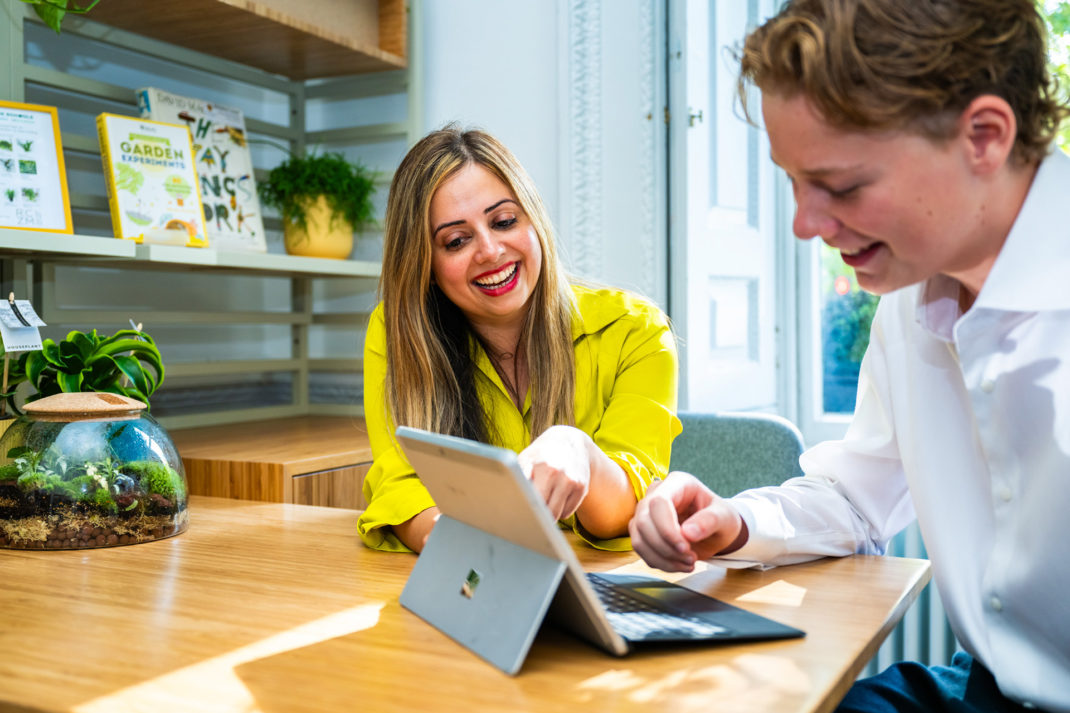An Immersive Culture
By
4 years ago
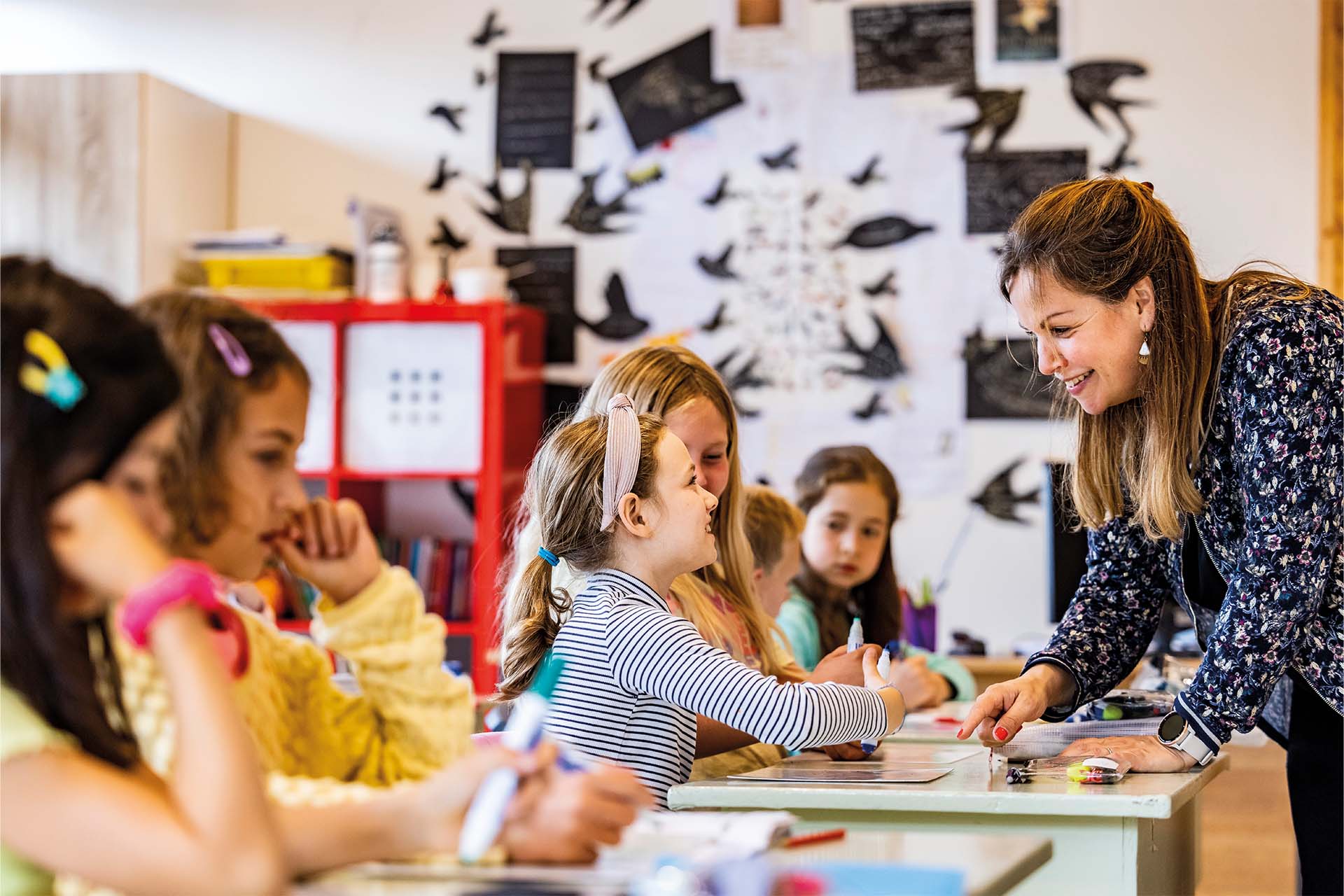
Annabel Heseltine finds out how independent schools are addressing governmental concerns that too few pupils are learning foreign languages

As Britain headed towards Brexit, and in the wake of a Labour government’s decision to remove the requirement to learn an additional modern foreign language (MFL) from the curriculum in 2004, the British Council, the UK’s international organisation responsible for educational opportunities and fostering trade relations abroad acknowledged the concerns of many in its 2013 report Languages for the future. The report which was updated in 2019, summarised: ‘it is a widely held, if not undisputed, view that the UK is lacking in the necessary language skills for the future.’
Although an MFL was put back on the curriculum in 2014, the downward trend of the last 20 years has not improved. A 2019 British Council report, Language trends in the UK, highlighted growing evidence that a common language is an important driver of attractiveness and willingness to trade and do business, and increases trade flows by 44 per cent, but found a lower than 50 per cent uptake in MFL at GCSE level. This year there was a slight uptake in those taking Spanish for the second year running, but while French was stable, numbers of those taking German GCSEs are plummeting. Worrying news indeed.
The independent schools sector has not been immune to this decline in demand to learn a foreign language – part of the problem seems to be a discrepancy in grading which means some language GCSEs are more challenging than others – but most have moved robustly to address the problem, actively piling on the languages, not just French, Spanish and German but Mandarin, Russian, Arabic and Japanese, and finding ways to make language as attractive to boys as girls who are more likely to choose languages.
The senior girls’ school Downe House, in Berkshire, has long offered its pupils a chance to stay in France, recently extending that to a term at the Château de Sauveterre, previously used by the prep school group Cothill Trust to give their boys an immersive experience of living and learning in France. Most independent schools pride themselves on their school trips.
‘There is a worrying fall in the numbers of young people studying languages,’ acknowledges Michael Smyth, Deputy Head Academic at St Mary’s Calne, Wiltshire, which encourages pupil interaction with and understanding of other cultures by fostering pen pal friendships and organising foreign exchanges and trips including a bi-annual trip to China and annual excursions to European countries. ‘We believe that learning languages enhances our pupils’ studies and that through their study, they will gain a knowledge that is becoming rarer and more prized both in Higher Education and in the world of work.’
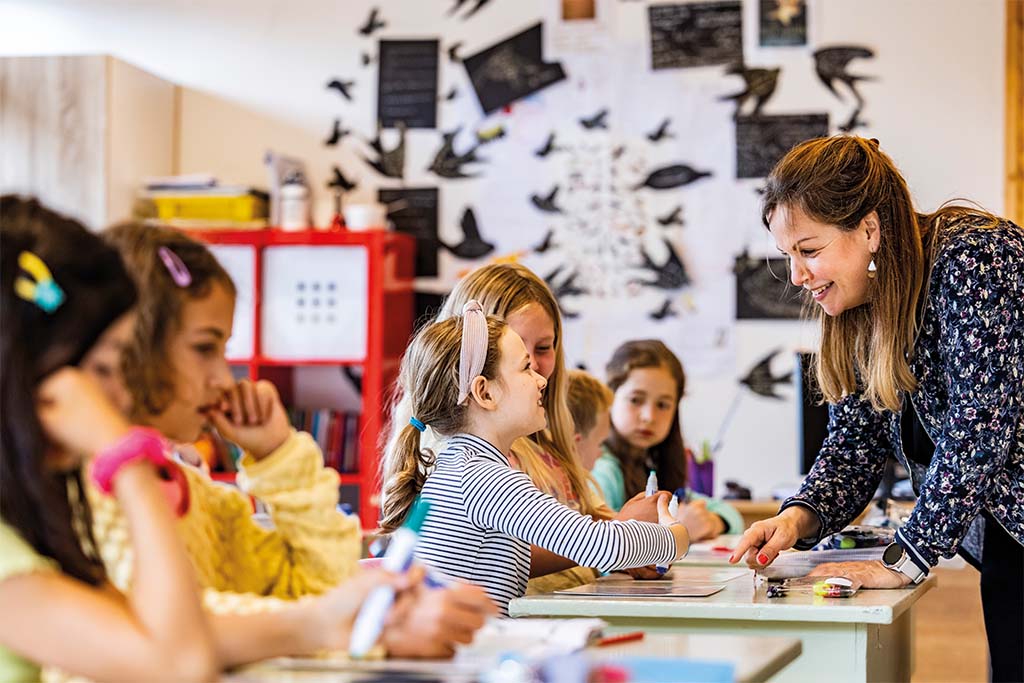
In the same British Council report, Mandarin was ranked fourth on a list of the ten most useful languages for the UK’s future says Francesca Simkin, the Head of Languages at Hampton Court House School (HCH), explaining it as a rationale for HCH foreign trips to China but the school goes a stage further.
The co-educational junior and senior day school in south-west London offers an immersive French/English bi-lingual experience for pupils from Year 1 to 4 which they are considering extending to Year 9, ‘so all pupils can take their GCSE in Year 9 and be fluent speakers for life,’ says Simkin underpinning pupils cultural immersion with day visits to the French theatre or the Institut Français, for example.
Being immersed in a second language, when a form tutor greets you in French at 8.35am and 50 per cent of all lessons are taught in French as well as life-skills after lunch and in homework club at the end of the day, she says, ‘has a huge impact on the flexibility of pupils’ minds and their ability to absorb information as they get older. We teach children from French speaking backgrounds as well as children from English speaking families all in the same class.’
‘Children with a bilingual education are more adaptable,’ agrees Nick Otten, co-founder of L’Ecole des Petits & L’Ecole de Battersea, bi-lingual schools for three to 11-year-olds. ‘Language is not just about learning sets of words and grammar, it is also about learning another culture. Children who are bi-lingual tend to have a broader outlook and greater awareness of different races and nationalities. They become more understanding of others, tolerant and aware of the world in general, whilst also gaining self-confidence and a sense of responsibility to themselves and to others.’
Latent fears among parents that learning two languages at once, their mother tongue and another, can inhibit the academic development of a young child, are addressed by Françoise Zurbach, Head of the L’Ecole Internationale Franco-Anglaise (EIFA) a small school with 310 pupils aged 21 months to 18 years old in Portland Place, London, who organised a conference with Dr Roberto Filippi, Director of MULTAC (Multilanguage and Cognition lab) at UCL.
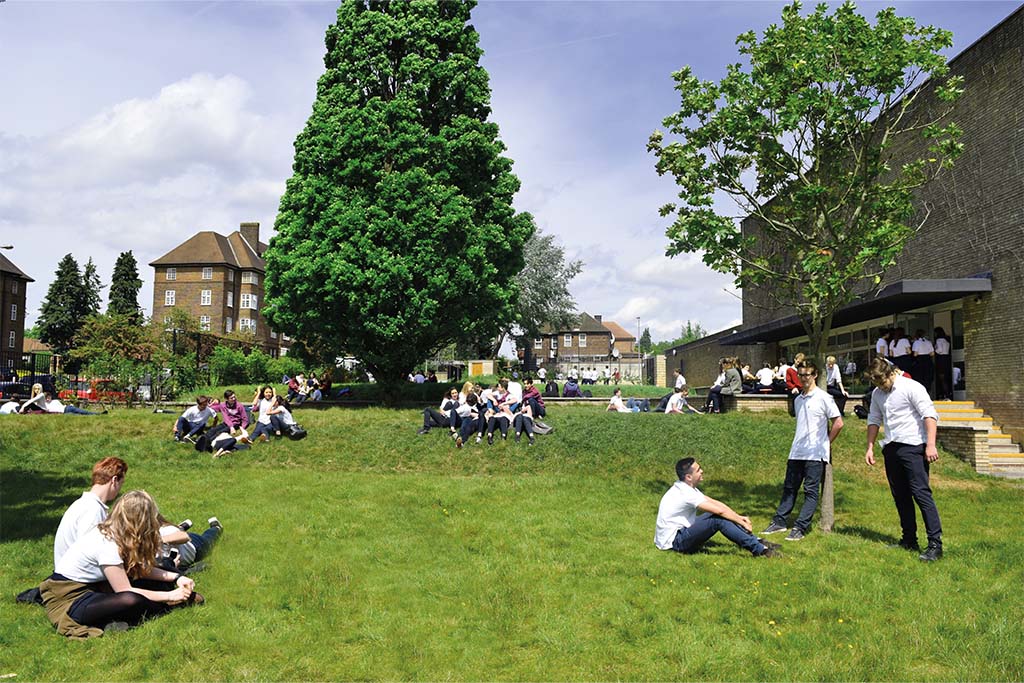
‘Our experience with toddlers has reinforced the idea that exposure to multiple languages promotes cognitive listening, social interactions and adaptive skills in young children,’ she says, adding that bilinguals tend to learn a third language more easily than monolinguals. ‘This is explained by brain elasticity,’ adds Zurbach, citing work by Dr Filippi who says that, ‘despite the initial belief that learning a second language early in life can delay cognitive development, there is now a general consensus that multi-language experience is inherently advantageous for communication.’
‘Learning a second language, especially at an early age, enhances creativity and academic performance,’ adds Simkin. ‘The key is to keep to “one language, one person” and be consistent.’
Silvane Avezou is the Spanish teacher at the Lycée International de Londres Winston Churchill which opened in London in 2015. She says that a viral internet survey with two-thirds of a million respondents found that although pupils are proficient at learning a second language up until the age of 18 it is best to start before the age of ten to achieve grammatical fluency.
She believes the bilingual immersive system can be all inclusive for pupils who do not come from bi-lingual homes as well as those with learning difficulties. ‘I have seen numerous cases where students were fluent in Spanish but their parents didn’t speak a word of it. If the students are motivated and hard-working, watch Spanish films or listen to music in the target language they can make huge progress rapidly.’ Likewise, she adds, ‘teaching material can be adapted for students with special educational needs, for example we use the app Quizlet, which allows the student to see the word but also listen to how it is pronounced.’
‘Our experience with toddlers has reinforced the idea that exposure to multiple languages promotes cognitive listening, social interactions and adaptive skills in young children’
Françoise Zurbach, Head of
the L’Ecole Internationale Franco-Anglaise (EIFA)
Immersive schools are not new but, while in the UK there are a few bilingual schools, there is only one immersive in the Chinese culture and language. Kensington Wade is the first English Chinese dual language prep school and was founded in 2017 by Professor Hugo de Burgh.
The Professor had won a contract from the Foreign Commonwealth office to set up a media centre at the University of Westminster where he is Professor of Journalism to teach English and Chinese businesspeople how to do business with each other. ‘There were lots of young people, Italians, Russians, Slovenians, Poles and Germans – who do so much business with the Chinese – who spoke so much better Chinese than us. I realised quite rapidly that if you want to do business with the Chinese, you have got to speak Chinese,’ he said. ‘I am not in the business of teaching Chinese children English but we need to teach our children to speak and understand the Chinese culture.’
‘It’s a relatively new concept,’ he says, ‘but there are around 250 schools like this in the USA. We are rather conservative and it will probably take us another generation to get there but ultimately, I want the children at Kensington Wade to be Brits because I want us to have a close and useful relationships with China because its such a big and important country.’ No doubt his words will sound like music to the ears of the British Council.
READ MORE FROM AUTUMN/WINTER 2021
Education Detox | Heads of School Profile

